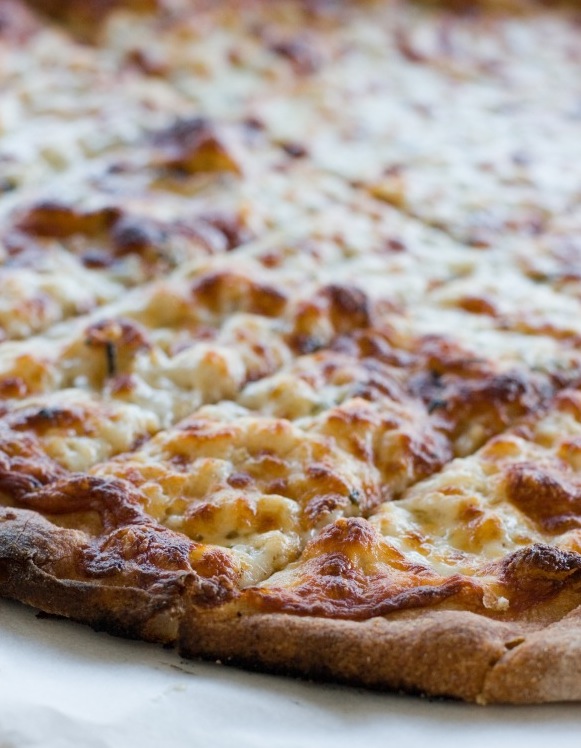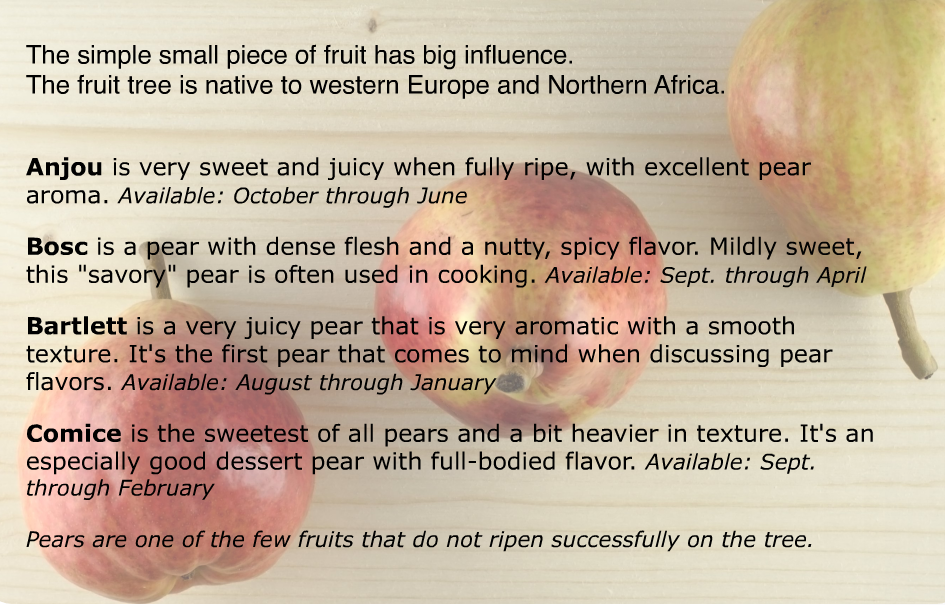
During the First World War, sugar was very limited in supply and quite expensive. This circumstance with limited resources actually helped create a great idea. Because the Kistner family owned vineyards and had access to extensive supply of grapes, Mr. Kistner’s Grand-mère’s early 1900s French recipe, for jam was created with concentrated grape juice instead of sugar. St. Dalfour is located in the Aquitaine region of Southwest France, an area known for centuries of culinary excellence as well as the famous wines of Bordeaux. St. Dalfour Fruit Spreads are made from natural fruits and free of any preservatives or added sugar.
The most obvious way to use a preserve is to spread on warm toast, but I suggest stepping outside the box this holiday season and use a small dish of Black Raspberry to spread on cheeses such as Chèvre or Gouda. For a wake up on tapenade or hummus use a slight dollop of Apricot preserve, and guacamole with pear preserve. For a Fillet Mignon, make a red wine sauce reduction with the addition of Black Raspberry. And, I always like the natural combination of Black Cherry Conserves with cheesecake.
You'll find the saltiness from savories is complimented very well by a little tart-n-sweet from the preserves. Give it a try! BTW, St. Dalfour made my "Good Stuff" pick list.
Sun-Dried Tomato Olive Tapenade







